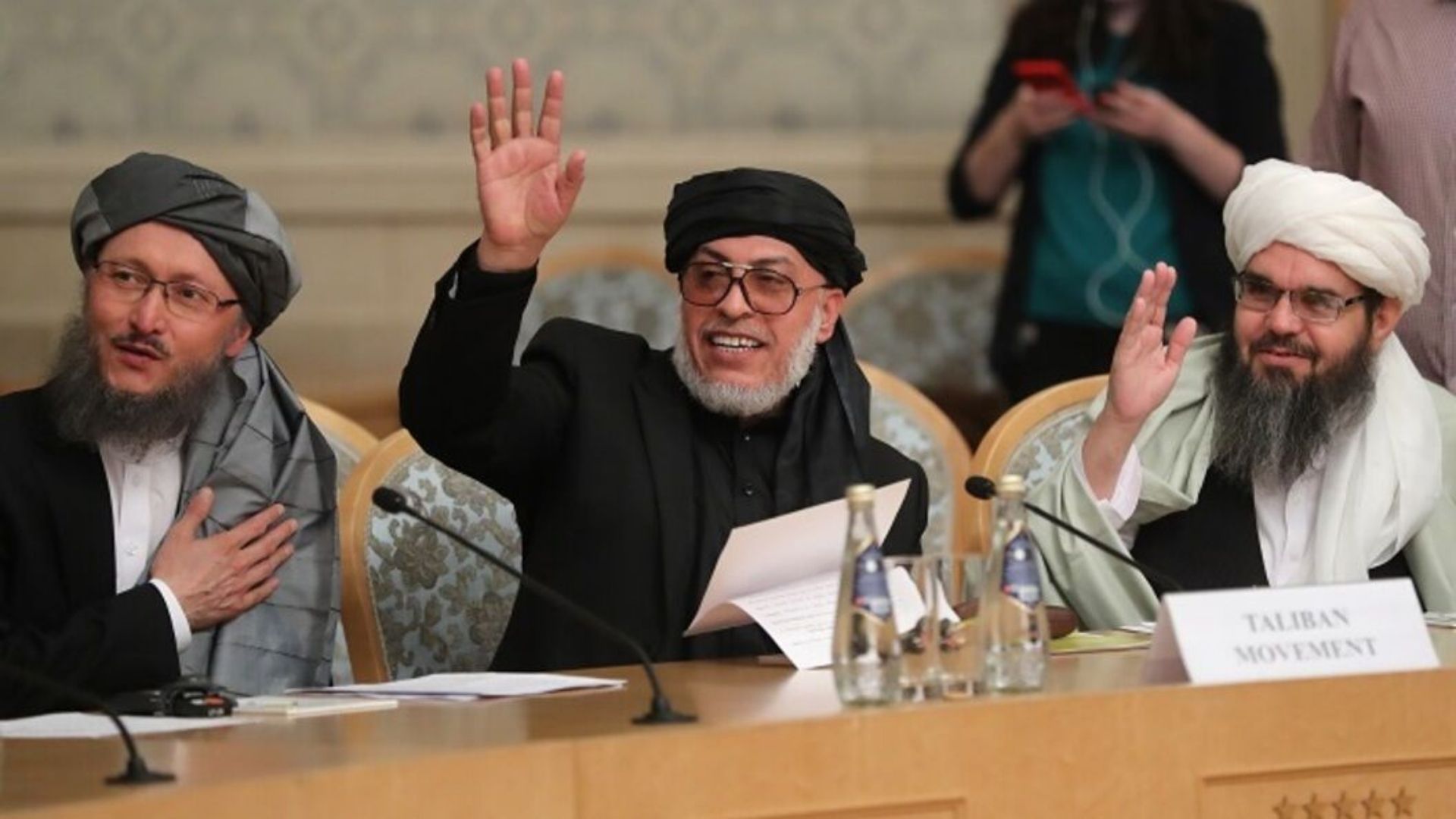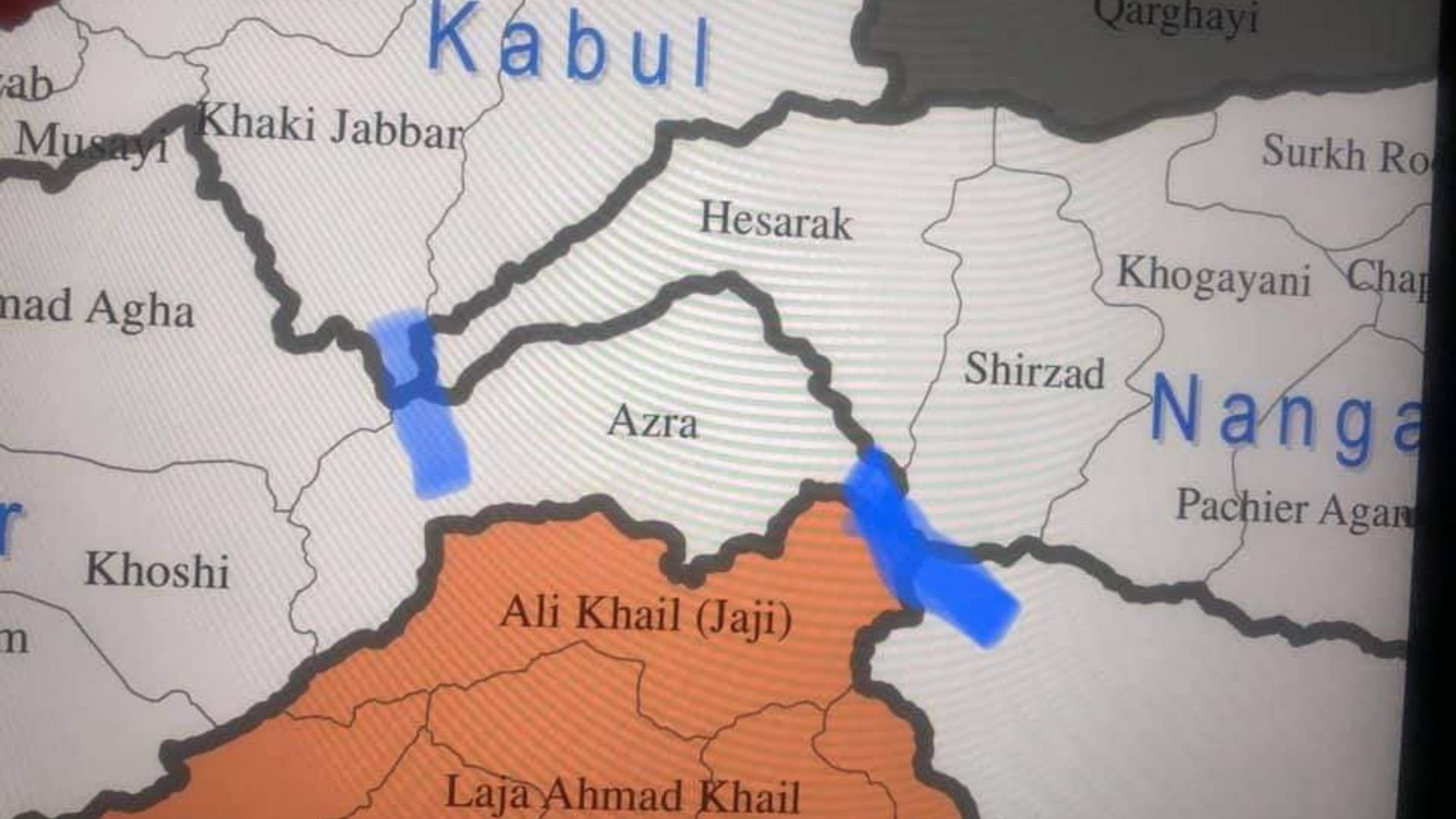Source: Foreign Affairs
Author: Harsh W. Pent
Translator: Seyed Jamal Akhgar
After decades of turbulent relations, China can no longer hide that India is a real threat. The year that challenged policymakers worldwide was a turning point that may have the most significant impact on India and the Pacific in the long run. The ongoing conflict between India and China in the Himalayas. Chinese forces are reluctant to retreat from their position along the line of control or border; The area that separates the territory controlled by India and China in the Ladakh region. Simultaneously, Indian forces have been deployed along the disputed border, and New Delhi wants the current situation to return to normal. From several rounds of military and diplomatic talks, no results have been achieved, and there are many dangers for both sides.
2020 may be the year when the dream of the Sino-India agreement is finally gone. Many people in New Delhi naively believed that the Indian government, despite all the evidence to the contrary, could manage China diplomatically and would not allow the shadow of border disputes to lead to a broader darkening of relations. Even after the 2017 conflict between the two countries’ national armies at Dolkum in the disputed Indo-Bhutan-China region, the Liberation Army destroyed the Bhutanese royal army’s creation of stone trenches, Prime Minister Narendra Modi India tried to establish a personal relationship with Chinese President Xi Jinping.
This action was as important as it was necessary to shape bilateral interaction beyond differences, as much as it was necessary to deal with a much stronger neighbor. This trick worked for a while, but Beijing had other plans in mind. In an attempt to unilaterally redraw the LOC this year in its favor, Beijing has, in disregard, ignored the basic principles of all the pacts it has signed with India since 1993 to maintain peace on the border. Such behavior will inevitably change the course of Sino-Indian relations. These relations were based on an agreement whereby the two countries could continue to interact in other areas at the global, regional, and bilateral levels, even if the border problems remained unresolved. This fundamental principle has been completely ignored today.
In some ways, China’s determination is understandable. As long as China controlled the border, peace and tranquility could continue. After all, China controlled the border on its terms. Indeed, India’s claim to safeguard its interests in the region has sparked controversy in recent years. At present, the LOC is moving at an unprecedented rate towards militarization because India’s infrastructure is much better, and Indian patrols are much more efficient. Simply put, the Indian army is now in There are areas where the Chinese military was not accustomed to India in the past.
India is now ready to confront Chinese aggression, thus increasing border instability. If a permanent solution to the border problem is not found, disturbances during LVC will be the next issue. Indeed, China’s existence is much healthier, and its infrastructure is in better shape, but India’s infrastructure development has reached a critical juncture. And it is not without reason that China firmly opposes India’s “special” project. The 257-kilometer Darbok-Shivak-Dault Beg Oldi Strategic Road connects the city of Leh in India to the Karakoram Pass (a historic Karakoram mountain trade route connecting Ladakh to western China), India’s primary challenge to China’s development plans in the region. Is. Despite Chinese opposition, India is still pursuing the project. China is also trying to dissuade India from advancing the project as the border situation worsens.
The main focus of India’s foreign policy has been to challenge China’s global plans. New Delhi was the first country to warn the world about the dangers of the China Belt and Road Initiative (BRI) when almost all countries agreed that Beijing’s goal was to develop global infrastructure rather than enrich Chinese trade. Today, most of the world’s great powers have accepted India’s theory of the China Belt and Road Initiative.
Given that BRI is a proud project for Mr. Shi, India’s role in shaping global opposition to it must be very troubling. India has also shaped the global Indo-Pacific discourse and is now working closely with like-minded regional actors to bring society into practice. When the Trump administration is trying to advance the process of separating trade and technology from China, Washington, and New Delhi are closer than ever. The Chinese efforts to marginalize India worldwide have been unsuccessful and have only left New Delhi in its memory.
As a result, China has chosen the instrument of power, hoping to teach India a lesson. The fact is that China’s actions had precisely the opposite effect. Indian public opinion, which was previously pessimistic about China, is now increasingly hostile to China. For those in India who believed that the distance between China and the United States should be kept equal, it is difficult for them to adhere to those words in the current situation. New Delhi has been more liberal in its choice of strategic and economic policies against China. From reducing trade dependence on China in key strategic sectors and closing key Chinese entrances to global support for Hinduism – The Pacific, India has responded to China in all areas.
None of these options are free for India, but China’s actions have shown that India has to pay those costs today. India’s military and diplomatic response to Chinese aggression have made it clear that New Delhi also has its options and will show no weakness in implementing them. Now it’s China’s job.






